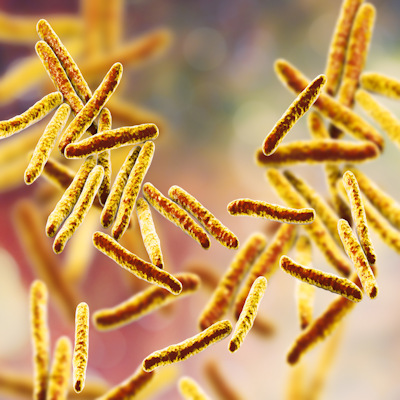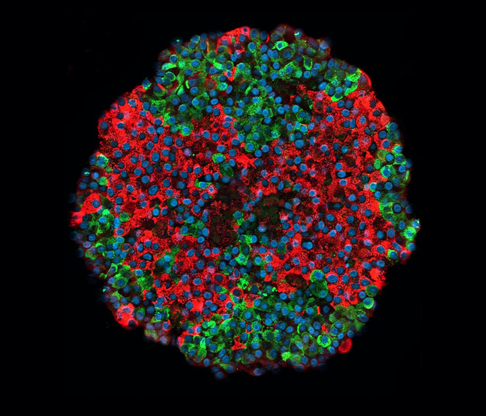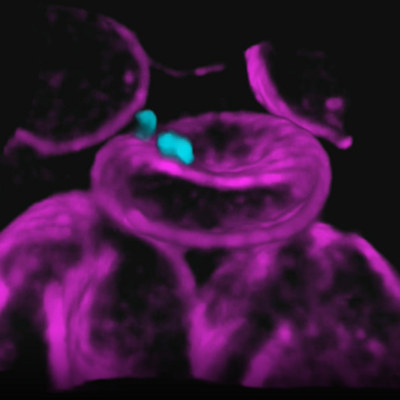August 8, 2022 -- Researchers at Washington University in St. Louis have developed a new method for visualizing and measuring proteins secreted by a single cell in about 30 minutes.
The FluoroDot assay is a versatile, low-cost, adaptable test that uses a plasmonic-fluor, a plasmon-enhanced nanolabel that is 16,000 times brighter than conventional fluorescence labels and has a signal-to-noise ratio of nearly 30 times higher (Cell Reports Method, August 5, 2022).
The ultrabright emission allows the user to see small quantities of secreted protein, which they are unable to do in existing assays, and measure the high-resolution signals digitally using the dot pattern per cluster or spot with a custom-built algorithm. The assay also enables concurrent visualization of two types of proteins from individual cells.
The study team used proteins secreted from both human and mouse cells, including immune cells infected with Mycobacterium tuberculosis. With the assay, they were able to assess how individual cells in a population responded to infection, specifically, to see which cells were secreting and in which direction.
The patent-pending plasmonic fluor technology is licensed by the Office of Technology Management at Washington University in St. Louis to Auragent Bioscience.
Copyright © 2022 scienceboard.net









